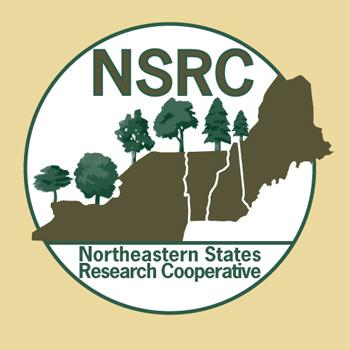Predicting Density and Occurrence of Keystone and Umbrella Species Using Drone-Based LiDAR

From a cavity in a mature maple to a patch of regenerating spruce-fir, forest structure impacts wildlife. Yet, forest and wildlife managers need a more efficient way to map forest attributes at broad spatial scales to better understand the influence of microhabitat features. Drones fitted with Light Detection and Ranging (LiDAR) sensors have been used to measure and map vegetative structure, such as tree canopy geometry, species diversity, and dead and fallen trees.
NSRC researchers will use drone-based LiDAR to identify and predict forest structural conditions critical for snowshoe hare and American marten in the Northern Forest. Identifying the habitat overlap between an early- and a late-successional species should indicate high biodiversity and inform forest management and conservation in the region. Researchers will work with existing data on hare abundance, marten occurrence, and vegetative structure. They will compare LiDAR with Structure from Motion (SfM) technology and sample a range of forest sites. They will then identify stand attributes and landscape conditions that maximize hare abundance yet provide habitat for martens. To determine if co-occurrence of these species results in higher biodiversity, researchers will collect data on songbird and mammal species richness.
Researchers expect findings to reveal how microhabitat influences biodiversity at varying scales and inform forest management to balance wildlife and economic needs. This research will provide tools and guidance for large landowners to map and manage forests and economic opportunities for small businesses and hobby drone users to map smaller parcels. This work will increase forest survey efficiency and broaden public participation in natural resource management and biodiversity conservation.
